1. The All-Seeing Eye in the Dollar Bill and Beyond
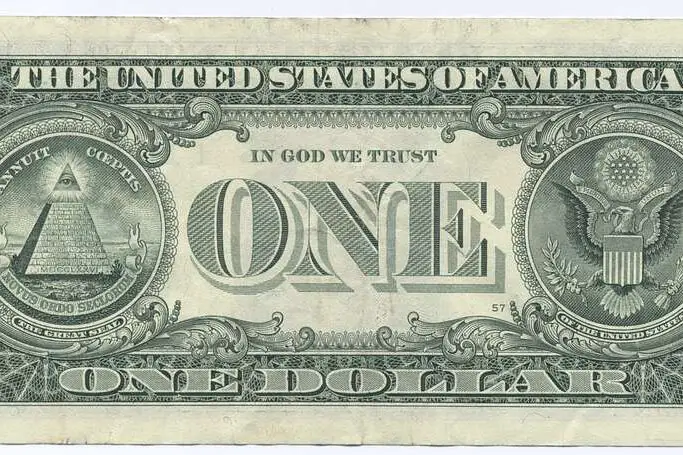
The All-Seeing Eye, also known as the Eye of Providence, has long been associated with secret societies and esoteric beliefs, notably appearing on the Great Seal of the United States. But it also sneaks its way into modern branding, like the logo of the dollar bill, as a symbol of divine oversight or higher power. In some interpretations, it represents enlightenment and the idea that no one can escape the gaze of a higher truth.
This symbol has been co-opted by brands and groups wanting to invoke a sense of mystery, power, or timeless wisdom. It appears subtly in some corporate logos, often hidden in plain sight, to suggest a higher purpose or omnipresent influence. Its connection to secret societies like the Freemasons only adds to its allure in pop culture.
2. The Pentagram in Fashion and Music Logos
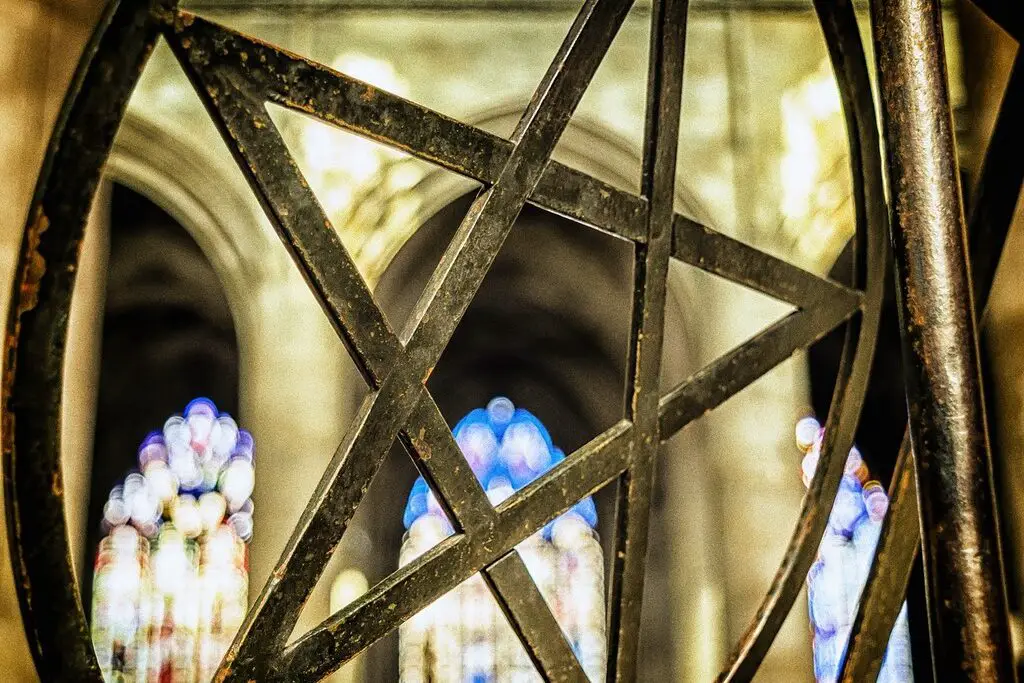
The pentagram, a five-pointed star, is often linked with mysticism, paganism, and the occult, yet it appears in many mainstream logos, from fashion brands to music labels. Its origins trace back to ancient civilizations, where it represented everything from the elements to spiritual balance. Over time, it’s been adopted by occult groups, with its points symbolizing earth, air, fire, water, and spirit.
Despite its association with dark arts in pop culture, the pentagram has found its way into many logos, sometimes with a more positive twist. For example, some clothing brands or artists use the symbol to evoke rebellion, independence, or a sense of mystery. The influence of rock bands like Metallica has solidified the pentagram’s place in popular culture, even if the original meaning is far from its public perception.
3. The Swastika’s Unexpected Presence

Though it is most famously associated with Nazi Germany, the swastika is an ancient symbol that predates its more sinister association by thousands of years. Used across many cultures, it represents prosperity, good fortune, and spiritual power. In modern logos, it’s rare but still occasionally spotted in more niche brands, often overlooked due to its strong historical baggage.
This symbol’s use in logos outside of its dark history is controversial and often tied to a sense of reclaiming ancient symbols for positive purposes. While its appearance in pop culture is now more likely to be met with negative connotations, its original meaning is still present in some lesser-known brands trying to evoke strength or connection to ancient traditions.
4. The Ankh in Jewelry and Lifestyle Brands

The ankh, an ancient Egyptian symbol resembling a cross with a loop at the top, has been used for centuries to represent life and immortality. It was seen as a symbol of divine protection and eternal life in Egyptian mythology. Today, the ankh can still be found adorning jewelry, clothing lines, and even some lifestyle brand logos.
Some brands use the ankh to evoke a sense of timelessness or a connection to ancient wisdom, emphasizing strength and vitality. While the symbol was originally linked to Egyptian religion, it has been repurposed in modern marketing to represent life force, wellness, and even mysticism. The ankh’s presence in pop culture continues to be tied to themes of life and death, making it an enduring, albeit obscure, logo element.
5. The Ouroboros in Luxury Branding

The ouroboros, the image of a snake eating its own tail, is an ancient symbol of eternity and cyclical renewal. It appears in numerous cultures, representing the idea of life, death, and rebirth. In modern branding, the ouroboros can be found in the logos of luxury brands, where it symbolizes timelessness and the endless cycle of fashion.
For brands in high-end fashion or exclusive products, the ouroboros signifies the constant renewal of trends, the never-ending pursuit of perfection, or even a return to roots. While it’s often associated with alchemy or philosophical thought, its use in logos today is less about its occult roots and more about its representation of enduring quality and constant reinvention.
6. The Triquetra in Wellness and Eco Brands
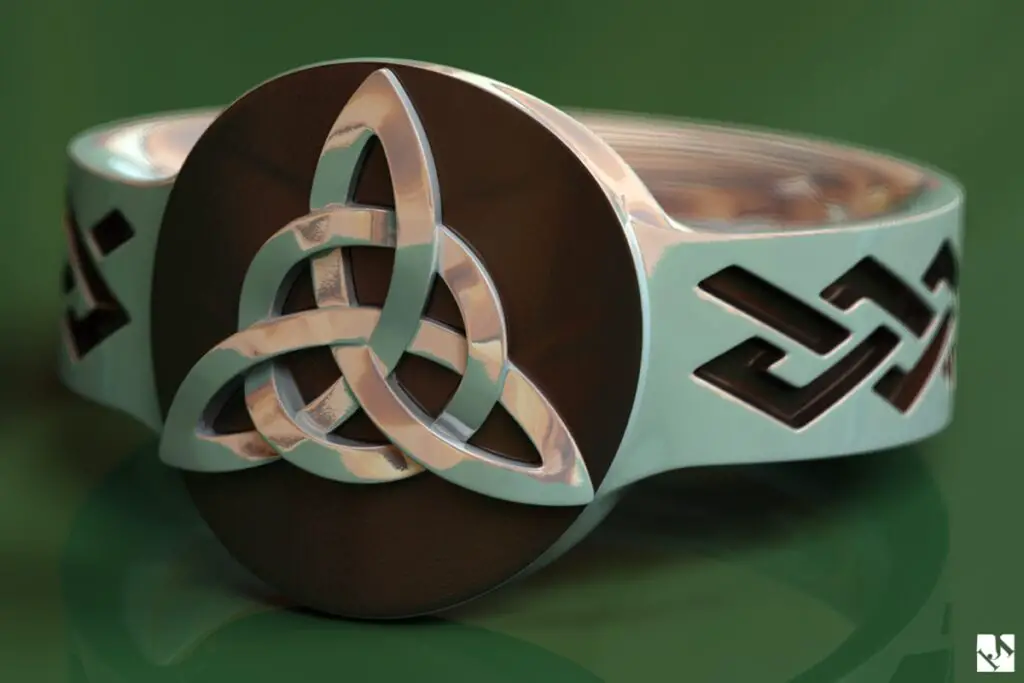
The triquetra, or triple knot, is a symbol composed of three interwoven loops, often associated with the concept of tripartite divinity in pagan beliefs, especially in Celtic tradition. It is also closely related to the idea of balance between earth, water, and sky, or the past, present, and future. The triquetra has been adopted by various wellness and eco-conscious brands to convey a sense of interconnectedness and harmony.
This symbol’s resurgence in modern branding often highlights eco-friendly products or those that claim to offer a holistic lifestyle. The triquetra speaks to themes of unity, balance, and the eternal cycle of life, making it a perfect fit for brands that aim to appeal to those looking for peace and sustainability. Its connection to ancient traditions gives it an added layer of mystery and depth.
7. The Skull in Streetwear and Music Culture
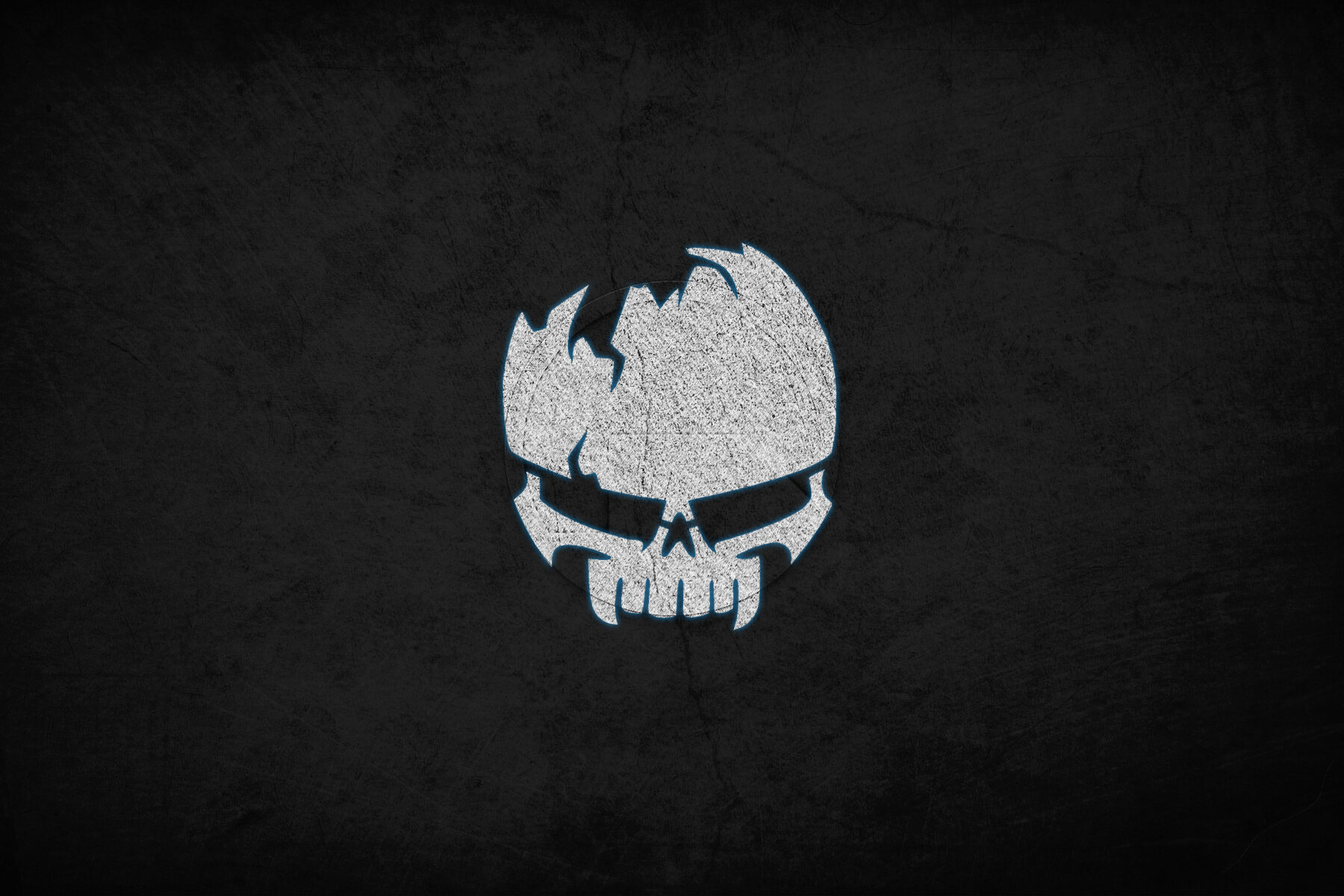
The skull has long been a symbol of death and danger, but in modern branding, particularly in streetwear and music logos, it has been repurposed to represent rebellion, toughness, and a certain edgy coolness. Popularized in part by punk rock and later by alternative music genres, the skull has become a symbol of defiance and non-conformity.
For many streetwear brands, the skull is an instantly recognizable symbol of the subcultures they cater to. It’s used to make a bold statement, often paired with elements of rock-and-roll, grunge, or biker culture. Despite its ominous origins, the skull is embraced in fashion and music for its power to convey attitude and individuality.
8. The Eye of Horus in Tech and Media Logos
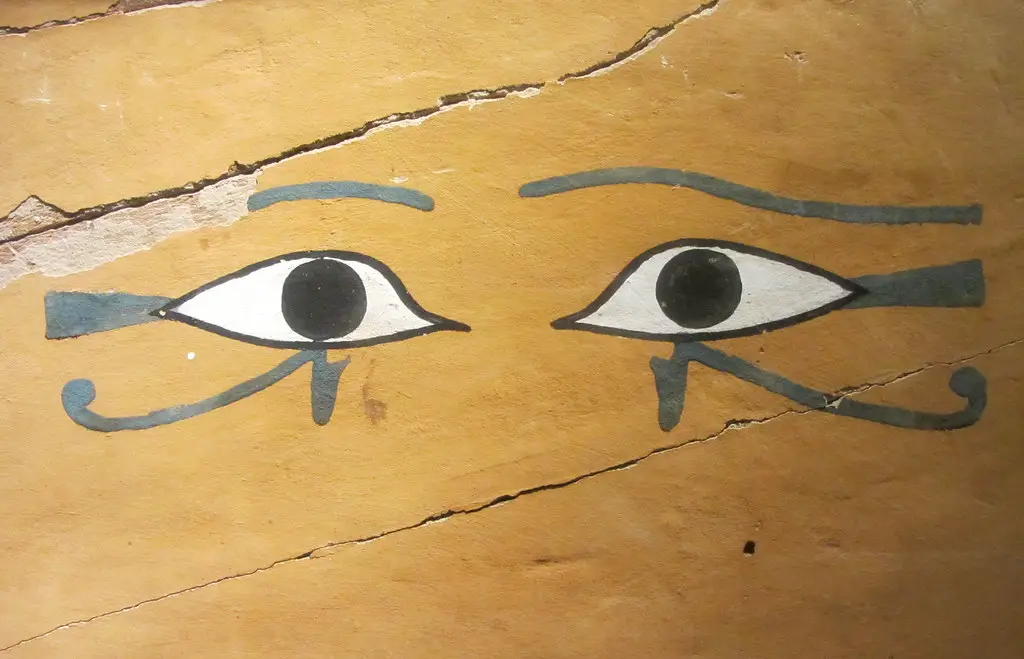
The Eye of Horus, another ancient Egyptian symbol, is a symbol of protection, royal power, and good health. It was believed to offer spiritual protection and was often worn as an amulet to ward off evil. Today, it’s sometimes used in tech and media logos, symbolizing insight, vision, and innovation.
In modern applications, the Eye of Horus is often found in branding related to technology, where it represents clear sight and cutting-edge vision. The symbolism of protection and foresight aligns perfectly with the ideals of tech companies who emphasize security and forward-thinking solutions. Its ancient history adds an extra layer of intrigue for brands looking to convey authority and vision in a crowded marketplace.
